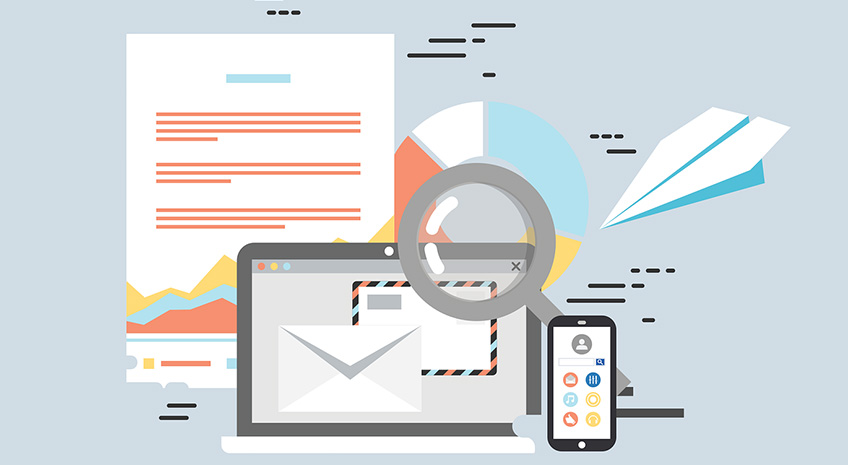Everything an Email Verifier will Do for Your Business (And Everything it Won't)
Wednesday March 2, 2022
That catch-all for your lists isn't a catch-all.

Earlier last month, I had a flood of support calls from users who were all coming to me with email campaigns displaying bounce rates of over 50%. It was crazy.
"Listen, that bounce rate is going to kill your domain reputation" I said. "You've got to verify your lists!".
To my surprise, every caller I got on with gave me the same response: "I am!".
Listen, email verification is important. Indispensable honestly. Cleaning lists without using verifiers is almost as risky to the health of your account as not cleaning your lists at all (a surefire way to get your domain blacklisted and lose access to your APWT-SMTP). But the other side of that coin is that - while essential - no verifier can guarantee it can do everything.
What Email Verifiers Do
When a verifier checks an email, it goes through your list and runs a basic SMTP protocol to see if an inbox you would like to send messages to really exists. This helps you
- Ensure that emails are valid
- Improve your Engagement and Open Rates
- Reduce your Bounce Rate
- Help keep your Sending Reputation High
And yet despite those facts, why can't an email verifier run, verify a list and guarantee that the list is now safe?
Fact is, no email verifier can guarantee you that it will "remove spam" or clear your lists of bad emails 100%. That's just the facts.
Spam Traps.
A SPAM TRAP (also known as a honeypot) is a domain created to hook in mass campaigns and email canvassers and label them as spam immediately.
These domains are designed to fool verifiers because they can pass as credible but run automated scripts to report incoming emails as spam.
Oftentimes, businesses will embed spam traps within their websites to catch list scrapers who pull emails from their site to grow their contact list. These types of spam traps will file spam complaints which will take a heavier toll on your domain and service than other kinds of spam.
Another danger Verifiers cannot guarantee to protect you from are dubious domains. These are email accounts which are old or severely out-of-date. Oftentimes the verifier will try to communicate with these kinds of domains and receive a "soft bounce" or no real response at all. It will label that domain as questionable but will not mark that domain as invalid. So, what do?
After using a Verifier, Double-Check and Clean Your List Yourself.
When Cleaning your Lists, consider:
- Where did I source this list from?
- Does a name in an email contain misspellings?
- How old is my list?
- Removing Emails from dated providers like yahoo, hotmail
- Removing Emails from free email providers like gmail, msn, comcast, etc
- Dubious domains like googlemail.com or a domain that isn't connected to a business you recognize.
Verifiers are valuable, but cannot protect your account against all kinds of bounced emails and spam. Ultimately, every user has to double-check and clear their lists themselves before placing that list in an email campaign. Clearing your list manually after running a verifier in the long run will save you time, headache, and money.
===================================================================================================
AllProWebTools has safeguards in place to protect all of its users against high bounce rates and spam, but ultimately it is up to you, the user, who you choose to send emails to. If you receive too many spam or bounce against your emails, you may lose access to APWT-SMTP and need to connect your AllProWebTools to a 3rd party SMTP provider. So Safety First!
You are in the driver's seat, we're here to help.
To learn more about how to use verifiers properly to sanitize your emailing lists, start here:

